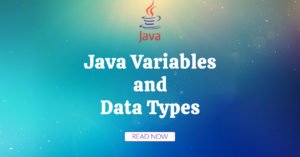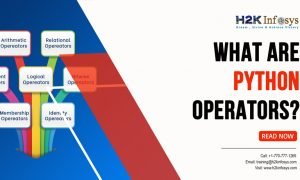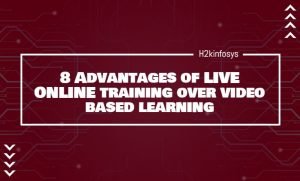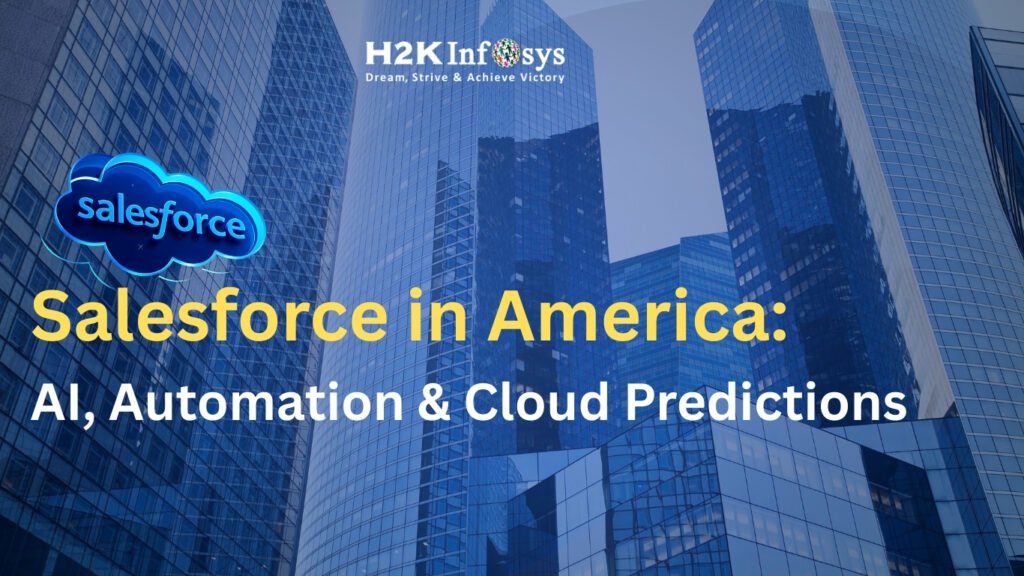Data science has become one of the most sought-after fields in the tech industry, offering lucrative career opportunities and the chance to work on innovative projects. Whether you’re a seasoned professional or a fresh graduate looking to break into the field, preparing for data science interviews is crucial. This blog post covers a comprehensive list of data science interview questions and answers that can help you land your dream job.
Top Data Science Interview Questions and Answers
Basic Data Science Questions
What is Data Science?
Data science is an interdisciplinary field that uses various techniques, algorithms, processes, and systems to extract knowledge and insights from structured and unstructured data. It involves statistics, data analysis, machine learning, and related methods to understand and interpret data.
What are the key components of Data Science?
The key components of data science include:
- Data Collection: Gathering raw data from various sources.
- Data Cleaning: Removing inaccuracies and inconsistencies from data.
- Data Analysis: Exploring data patterns and relationships.
- Data Modeling: Building models to predict future outcomes.
- Data Visualization: Presenting data insights in a visual format.
What is the difference between Data Science and Data Analytics?
Data science encompasses a broader scope, including data collection, cleaning, analysis, and modeling. It focuses on uncovering patterns, predicting future trends, and solving complex problems. Data analytics, on the other hand, is a subset of data science that focuses on analyzing historical data to provide actionable insights and inform decision-making.
Data Analysis and Statistics Questions
What is a p-value in statistics?
A p-value is a measure that helps determine the significance of the results obtained from a statistical hypothesis test. It indicates the probability of observing the test results under the null hypothesis. A low p-value (typically ≤ 0.05) suggests that the observed data is unlikely under the null hypothesis, leading to its rejection.
Explain the difference between Type I and Type II errors.
- Type I Error: Occurs when the null hypothesis is incorrectly rejected when it is true. It is also known as a false positive.
- Type II Error: Occurs when the null hypothesis is not rejected when it is false. It is also known as a false negative.
What is the Central Limit Theorem (CLT)?
The Central Limit Theorem states that the sampling distribution of the sample mean approaches a normal distribution as the sample size increases, regardless of the population’s distribution. This property is crucial for conducting hypothesis tests and constructing confidence intervals.
Machine Learning Questions
What is the difference between supervised and unsupervised learning?
- Supervised Learning: The model is trained on labeled data, where the input features and corresponding output labels are known. The goal is to learn a mapping from inputs to outputs to predict labels for new data.
- Unsupervised Learning: The model is trained on unlabeled data, where only the input features are available. The goal is to identify patterns or groupings in the data, such as clustering similar data points.
What is overfitting and how can it be prevented?
Overfitting occurs when a model learns the training data too well, capturing noise and outliers, leading to poor generalization on new data. It can be prevented using techniques such as:
- Cross-Validation: Splitting the data into training and validation sets to monitor performance.
- Regularization: Adding a penalty term to the loss function to discourage complex models.
- Pruning: Reducing the complexity of decision trees by removing branches that add little value.
What is a confusion matrix?
A confusion matrix is a table used to evaluate the performance of a classification model. It contains four key metrics:
- True Positives (TP): Correctly predicted positive cases.
- True Negatives (TN): Correctly predicted negative cases.
- False Positives (FP): Incorrectly predicted positive cases.
- False Negatives (FN): Incorrectly predicted negative cases.
Data Preprocessing and Feature Engineering Questions
What is data normalization and why is it important?
Data normalization is the process of scaling numerical features to a standard range, typically [0, 1] or [-1, 1]. It is important because it ensures that features have similar scales, which helps improve the performance and convergence of machine learning algorithms.
How do you handle missing data?
Handling missing data involves various techniques, such as:
- Removing Missing Values: Deleting rows or columns with missing data if the missingness is minimal.
- Imputation: Filling in missing values using statistical methods, such as mean, median, or mode.
- Prediction: Using machine learning models to predict missing values based on other features.
What is feature selection and why is it important?
Feature selection is the process of selecting a subset of relevant features from the original set to improve model performance. It is important because it helps reduce the dimensionality of the data, reduces overfitting, and improves model interpretability.
Recommended to Read Also: Manual Testing Online Training
Deep Learning Questions
What is a neural network?
A neural network is a computational model inspired by the human brain, consisting of interconnected nodes (neurons) organized in layers. It learns to map inputs to outputs through training, using backpropagation to minimize the error.
What are the differences between CNN and RNN?
- Convolutional Neural Networks (CNNs): Primarily used for image data, CNNs use convolutional layers to capture spatial hierarchies and features. They are well-suited for tasks like image classification and object detection.
- Recurrent Neural Networks (RNNs): Designed for sequential data, RNNs use loops to maintain a hidden state, allowing them to capture temporal dependencies. They are commonly used for tasks like language modeling and time series forecasting.
What is a dropout layer in neural networks?
A dropout layer is a regularization technique used to prevent overfitting in neural networks. During training, it randomly sets a fraction of the input units to zero, effectively dropping them out. This prevents the network from becoming too reliant on specific neurons, promoting generalization.
Advanced Data Science Questions
What is the bias-variance tradeoff? A16: The bias-variance tradeoff is a fundamental concept in machine learning that describes the tradeoff between two sources of error in a model:
- Bias: Error due to overly simplistic models that underfit the data, leading to high training and test error.
- Variance: Error due to overly complex models that overfit the data, leading to low training error but high test error. The goal is to find a balance between bias and variance to minimize the total error.
What is a random forest, and how does it work?
A random forest is an ensemble learning method that combines multiple decision trees to improve predictive performance. Each tree is trained on a random subset of the data and features, and the final prediction is made by aggregating the predictions of all trees, typically through majority voting (classification) or averaging (regression).
Explain the concept of cross-validation.
Cross-validation is a technique used to assess the performance of a machine learning model. It involves splitting the data into k equally-sized folds and training the model on k-1 folds while testing it on the remaining fold. This process is repeated k times, with each fold serving as the test set once. The final performance metric is the average of the results from all iterations, providing a more robust estimate of model performance.
Practical Data Science Questions
Q19: How do you handle imbalanced datasets?
Handling imbalanced datasets involves various techniques, such as:
- Resampling: Oversampling the minority class or undersampling the majority class to balance the dataset.
- Synthetic Data Generation: Creating synthetic samples of the minority class using methods like SMOTE (Synthetic Minority Over-sampling Technique).
- Class Weighting: Assigning different weights to classes during training to penalize misclassification of the minority class more heavily.
What is the curse of dimensionality, and how do you address it?
The curse of dimensionality refers to the challenges that arise when analyzing and organizing data in high-dimensional spaces. As the number of dimensions increases, the volume of the space grows exponentially, making it difficult to analyze data effectively. It can lead to overfitting and increased computational cost. To address it, techniques such as dimensionality reduction (e.g., PCA) and feature selection are used.
What is A/B testing, and how is it used in data science?
A/B testing is a statistical method used to compare two or more variants (A and B) to determine which one performs better. It is commonly used in marketing and product development to test changes in features, UI designs, or marketing strategies. By randomly splitting users into groups and exposing them to different variants, data scientists can analyze the results and make data-driven decisions.
Behavioral Questions
Describe a challenging data science project you worked on and how you overcame the challenges. [Provide a personal experience, detailing the project, challenges faced, and the solutions implemented.
How do you stay updated with the latest developments in data science?
Mention relevant methods such as reading research papers, attending conferences, participating in online courses, engaging with the data science community, etc.
How do you approach a new dataset when starting a project?
Describe the steps taken, such as understanding the problem statement, exploring the dataset, identifying missing values, feature engineering, and selecting appropriate models.
Recommended to Read Also: Software Testing Course Online Training
Conclusion
Preparing for data science interviews requires a strong understanding of various concepts, techniques, and practical applications. This comprehensive list of data science interview questions and answers provides a solid foundation for your preparation. Remember, practice and real-world experience are key to mastering data science, so continue learning and applying your knowledge. Good luck with your interview!


























